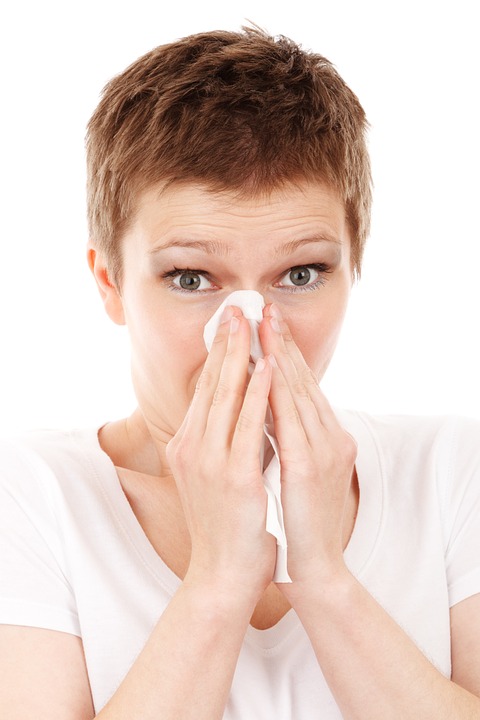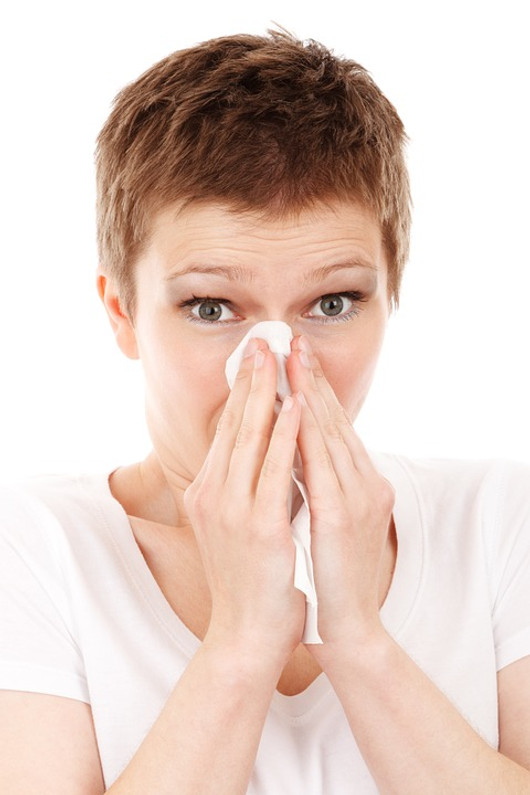New Study Explores Allergens in US Homes

Are you allergic to one or more substances? Well, you aren't alone. According to the AAFA, approximately 50 million people in the United States suffer from nasal allergies -- and that's only a single type of allergies.
As you may already know, allergies are characterized by an overactive immune system response to otherwise harmless substances. Known as allergens, these substances are found everywhere around us. In fact, a new study has revealed just how common and widespread allergens are.
According to a recent study conducted by the National Institute of Health (NIH), 90% of U.S. homes had three or more allergens at "detectable" levels, and 73% of U.S. homes had at least one allergen at "elevated" levels. For the study, researchers scoured data from the 2005 to 2006 National Health and Nutrition Examination Survey (NHANES). Researchers specifically focused on eight common allergens found in residential homes, including cat dander, dog dander, cockroach dander, mold and dust mites.
So, what did they find? Researchers found that whether or not a home had pets played an important role in its respective allergen levels. Long story short, homes with pets were more likely to have elevated allergen levels when compared to homes without pets. Additionally, allergens were more common in older homes, rental homes and homes in rural areas.
When speaking about the study, Darryl Zeldin explained that elevated allergen levels can worsen respiratory symptoms for individuals suffering from allergies or asthma.
"Elevated allergen levels can exacerbate symptoms in people who suffer from asthma and allergies, so it is crucial to understand the factors that contribute,” said Darryl Zeldin, M.D., senior author and scientific director at the National Institute of Environmental Health Sciences (NIEHS).
Unfortunately, it's nearly impossible to eliminate all allergens from the home. While typically invisible to the naked eye, allergies are all around us. The good news is that you can take action to reduce and control them in your home. This includes a multi-pronged approach consisting of vacuuming the floors, dusting furniture, replacing your home's air filter on a regular basis, maintaining a relative humidity level of 40% to 50% and washing linens. Additionally, if you own a dog or cat, be sure to bathe them regularly. Following these otherwise simple tips will help to reduce allergens in your home and protect against respiratory distress.
This study was published in the Journal of Allergy and Clinical Immunology.
Recent Posts
-
Fire Safety in the Workplace: What You Need to Know
What steps are you taking to prevent fires in your workplace? According to the U.S. Occupational Saf …Aug 23rd 2023 -
Is It Safe to Go Jogging With a Cold Infection?
If you're suffering from a cold infection, you might be wondering whether it's safe to go jogging. T …Aug 22nd 2023 -
5 Safety Tips to Follow When Using a Powder-Actuated Tool
Powder-actuated tools are commonly used to join materials to steel and concrete. Also known as Hilti …Aug 20th 2023




